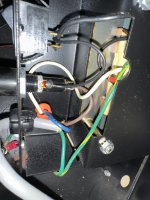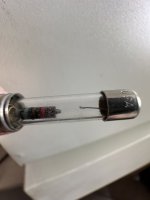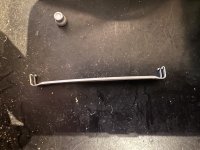Hi All
I have been given a CBM 8032 (UK spec) to get running, I'm more of a BBC Micro / Apple-1 person but thought I'd give it a go.
It's in pretty good shape, but after a thorough inspection all a can find apart from a light layer of dust is a blown fuse.
So I have two questions
1. Now before I rush off and order a new one from DigiKey would this be the original fuse that came with it? 1/2A 250V 313 3AG

If it looks right then I've found this on DigiKey https://www.digikey.co.uk/short/bzv204hc as a replacement.
2. Once I have the new fuse, what should I be testing/doing for before I turn it on?
Thanks
Sarnian





I have been given a CBM 8032 (UK spec) to get running, I'm more of a BBC Micro / Apple-1 person but thought I'd give it a go.
It's in pretty good shape, but after a thorough inspection all a can find apart from a light layer of dust is a blown fuse.
So I have two questions
1. Now before I rush off and order a new one from DigiKey would this be the original fuse that came with it? 1/2A 250V 313 3AG

If it looks right then I've found this on DigiKey https://www.digikey.co.uk/short/bzv204hc as a replacement.
2. Once I have the new fuse, what should I be testing/doing for before I turn it on?
Thanks
Sarnian











